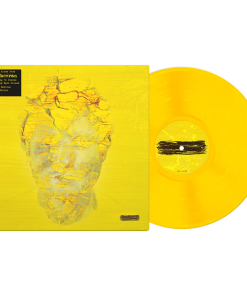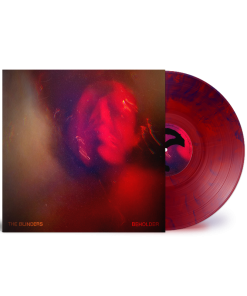The Secret Service (Original Television Soundtrack): Limited Edition Grass Green Vinyl LP Barry Gray
$ 31,99 $ 19,19
The origins of the series The Secret Service began in 1968 whilst working at Pinewood Studios, Gerry Anderson bumped into a familiar face of stage and screen: comic actor Stanley Unwin. With his whimsical charm and hilarious gibberish double talk (playfully christened ‘Unwinese’) Unwin had earned great popularity throughout the 50s and 60s and the Anderson’s immediately knew that they had found someone to base their next puppet series on. For several years the Century 21 team had toyed with directly basing a puppet character on a real-life actor, now the time had come to make it a reality. Duly, the Andersons developed a premise around Unwin, returning to their ‘unlikely spy’ scenario which had worked so well with Joe 90, they created ‘Father’ Unwin, a kindly priest who, despite outwardly disappearing into whimsy, doubles as a determined agent for British Intelligence. In the series the lines would be blurred even further between the miniature Supermarionation world and reality, as live action footage of Stanley Unwin would also be used in the series.
To appropriately reflect the The Secret Service’s premise and compliment the gentle title sequence created to introduce the series, Barry Gray decided step completely away from his usual attention-grabbing themes and write a three-part fugue in the style of the Baroque composer Bach. To perform the vocals, the Mike Sammes Singers were hired, the vocal group who Gray had used on the Supercar theme back in 1961. Once coupled with soft organ and minimalist percussion, a truly unique piece of inventive music was born to bookend Father Unwin’s adventures, which perfectly captured the off-beat nature of the series.
Fast Delivery and Professional Packaging
Our long-standing relationship with UPS FedEx DHL and other carriers around the world gives us the ability to provide various shipping options. Our warehouse personnel will pack all goods to our exacting requirements. Your goods will go through an extensive inspection and will be securely secured prior to being shipped. Every day we ship thousands of packages to clients from all over the world. This is a sign of our determination to be the largest online retailer in the world. There are distribution centers and warehouses in Europe and the USA.
Orders that contain more than 1 item are assigned processing periods in accordance with the item.
Prior to shipment, all purchased items will be thoroughly inspected. The majority of orders are shipped within 48 hrs. Delivery is expected to take between 3 and 7 days.
Returns
The stock is dynamic and we do not completely manage it because multiple parties are involved, which includes our factory and warehouse. The actual stock can fluctuate at any time. It's possible that the stock may run out after your order has been processed.
Our policy lasts for 30 days. Unfortunately, if thirty days have passed from the date you purchased the item, we will not be able to offer you a return or exchange.
The item should not be used, and it must be in the original packaging. The item should be in the original packaging.
Related products
Vinyl LP
Vinyl LP
Vinyl LP
Vinyl LP
Vinyl LP
Vinyl LP
Vinyl LP
Vinyl LP
Vinyl LP






































